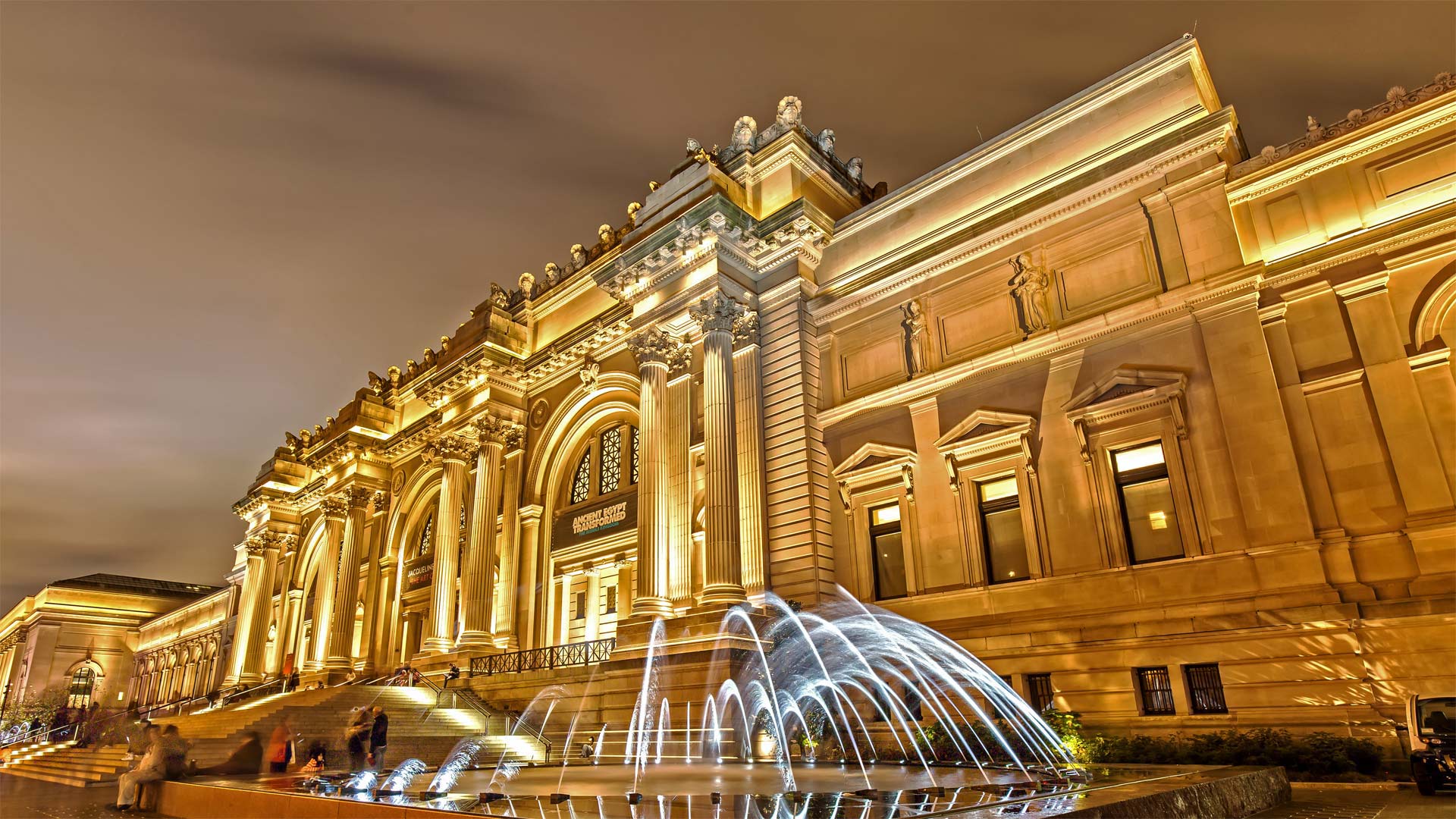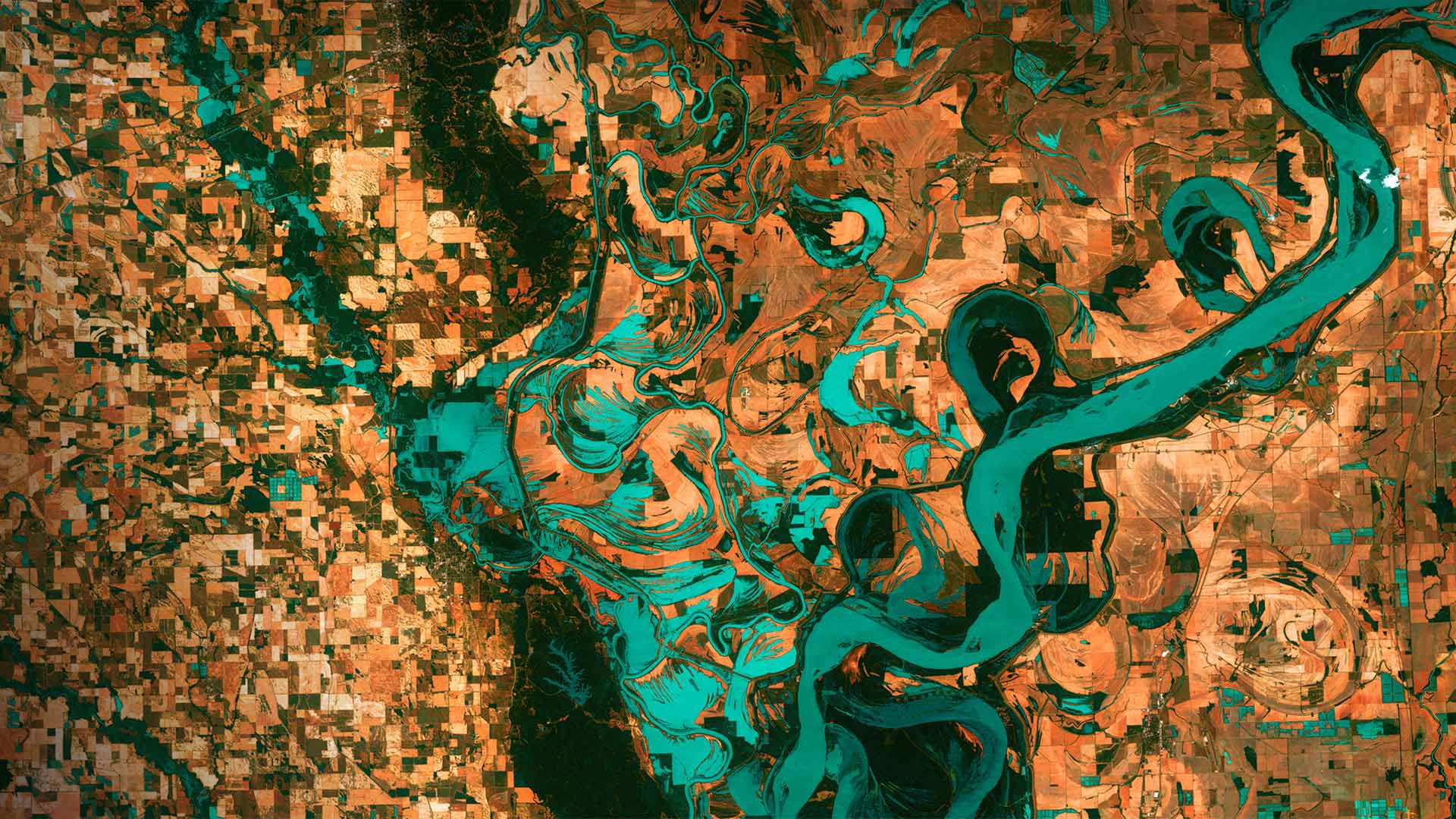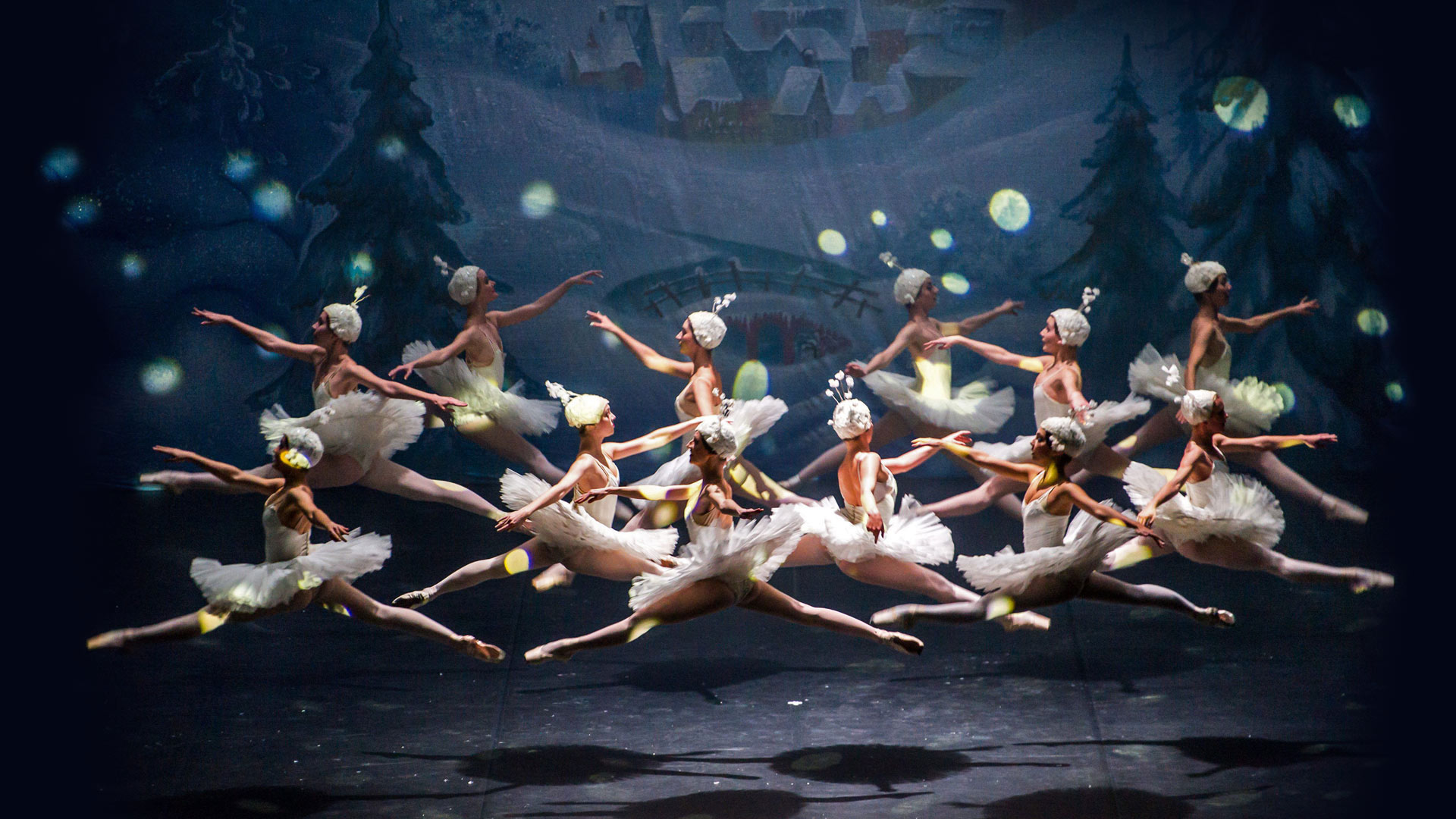The ability to accurately predict future events is a valuable skill in many aspects of life, from business and finance to sports and weather forecasting. Making accurate predictions requires a combination of art and science, as it involves both intuition and data analysis.
At its core, the art of making predictions involves the ability to discern patterns, recognize trends, and anticipate changes. This intuitive aspect of prediction is often based on experience, expertise, and a deep understanding of the subject matter. Experts in various fields rely on their knowledge and instincts to make informed predictions about the future.
However, the art of prediction can only take us so far. To make truly accurate predictions, we must also rely on the scientific aspect of the process. This involves the use of data, statistics, and scientific methods to analyze and interpret information.
In the world of business and finance, for example, making accurate predictions often involves analyzing historical data, market trends, and economic indicators. Financial analysts use statistical models and algorithms to forecast stock prices, interest rates, and market movements.
In sports, accurate predictions are made by analyzing player statistics, team performance, and historical data. Sports analysts use mathematical models and algorithms to predict game outcomes and player performance.
Weather forecasting is another area where accurate predictions are crucial. Meteorologists use data from satellites, radar, and weather stations, along with computer models and simulations, to predict weather patterns and phenomena.
The combination of art and science in making predictions is also evident in the field of artificial intelligence. Machine learning algorithms and predictive analytics are used to make accurate predictions in various domains, such as customer behavior, fraud detection, and healthcare.
In all of these examples, the art of making predictions involves intuition, experience, and expertise, while the science of prediction relies on data analysis, statistical modeling, and computational methods. The most accurate predictions are often made by experts who can effectively integrate both the art and science of prediction.
In conclusion, the art and science of making accurate predictions require a combination of intuition, experience, and expertise, along with data analysis, statistical modeling, and computational methods. By synthesizing these elements, we can make informed and reliable predictions about the future, whether in business, sports, weather forecasting, or other domains. As our understanding of the world continues to grow, so too will our ability to make more accurate predictions.







